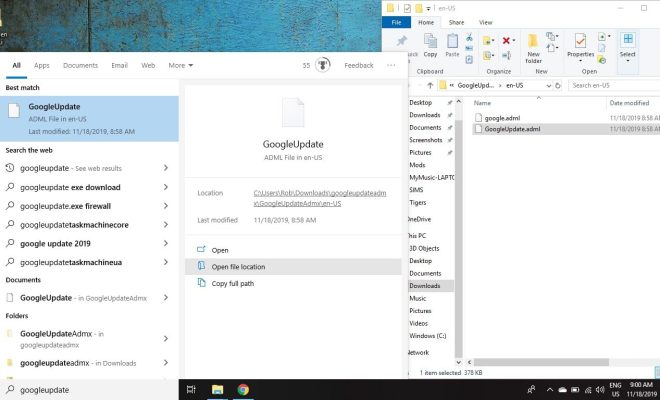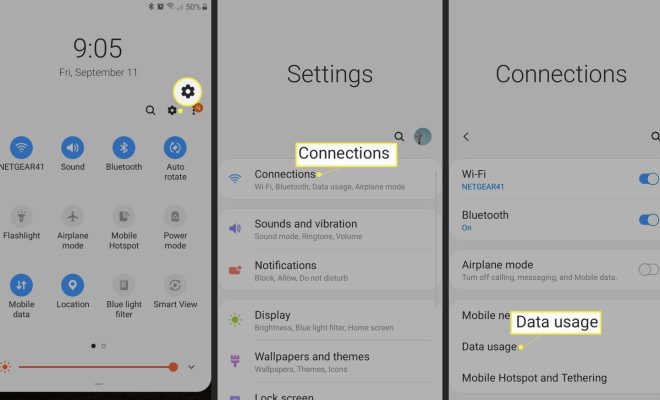What Is Whitelisting and How Do You Use It?

Whitelisting is a cybersecurity technique that allows only specified traffic or activities to occur while blocking all other traffic. It is a preventive measure that stops unauthorized access, malware attacks, and other cyber threats from entering a network or system.
Whitelisting works by creating a list of approved applications, websites, or IP addresses that are allowed to communicate with a network or computer. Anything not on the list is automatically blocked, providing an extra layer of security to a system.
Whitelisting is different from traditional antivirus programs that rely on blacklisting or scanning for known viruses, malware, or other threats. Blacklisting is an approach in which a system blocks known malware and suspicious activities based on a database of known threats. However, blacklisting is ineffective against new or unknown threats.
In contrast, whitelisting only allows pre-approved activities, making it easier to identify and eliminate new threats. As such, it provides better protection against zero-day attacks – vulnerabilities that exploit unknown weaknesses in software – which are challenging to detect and prevent with traditional antivirus programs.
Whitelisting can be used in different ways. For example, in a corporate environment, system administrators can whitelist applications that are necessary for employees to perform their duties while blocking others that can be a security risk. Similarly, in healthcare, whitelisting can be used to control patient data access, ensuring that only authorized personnel access sensitive data.
To use whitelisting effectively, users must carefully select the applications, websites, or IP addresses that are approved for communication with their system or network. Misconfiguration or overlooking an application, website, or IP address can result in unauthorized access to the system, rendering the whitelisting process ineffective.






